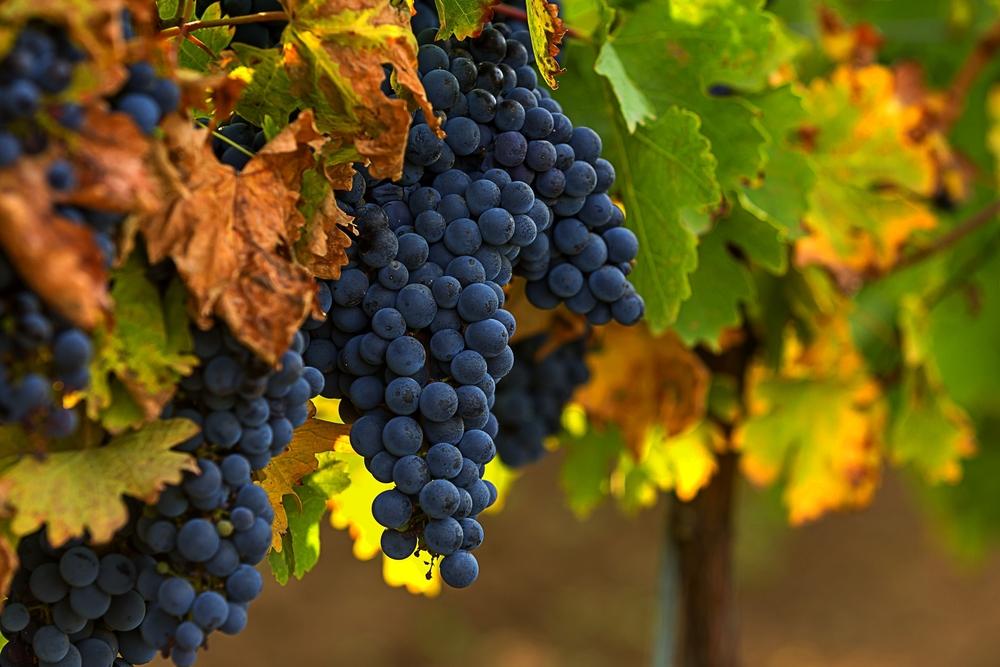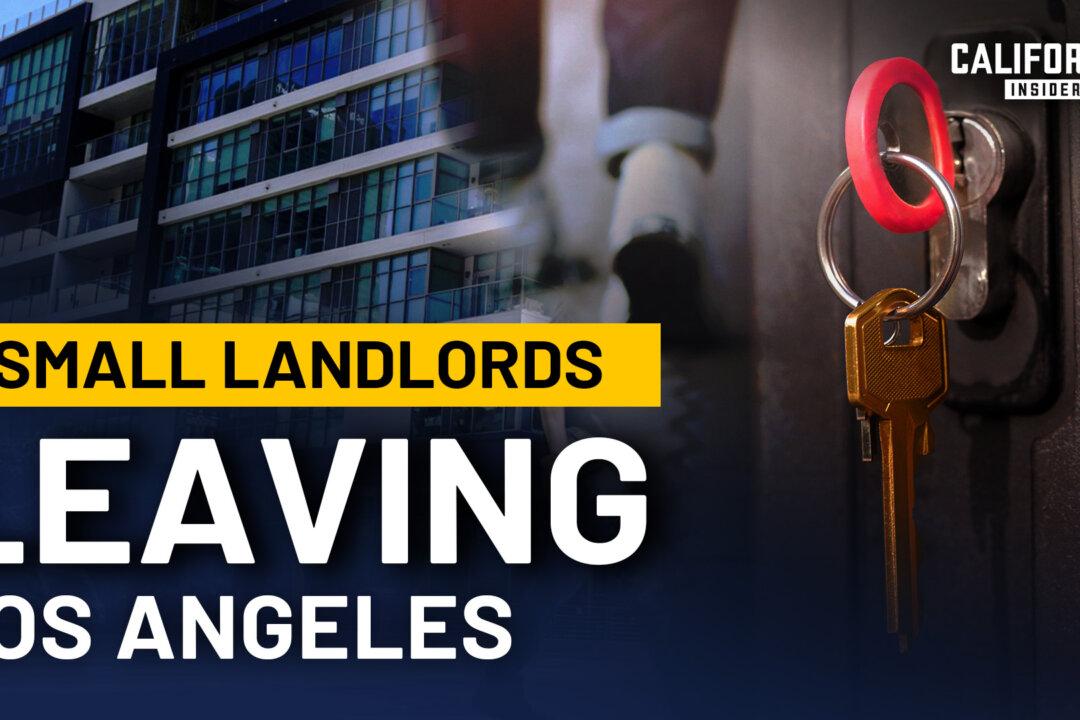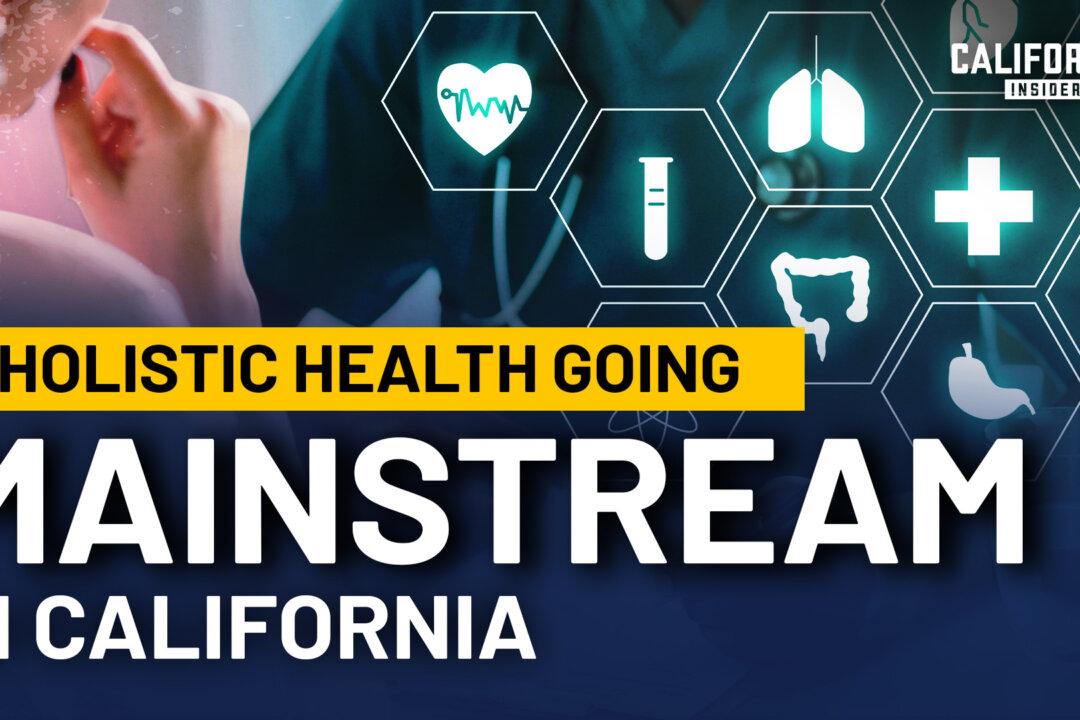Siyamak Khorrami:
Today, we’ll look into the world of wineries in California, what’s behind this slowdown and downturn in the state’s wine industry, and how it’s impacting everyone from farmers to winemakers. I’m Siyamak Khorrami. Welcome to California Insider
Stuart Spencer, Lodi wine growers




